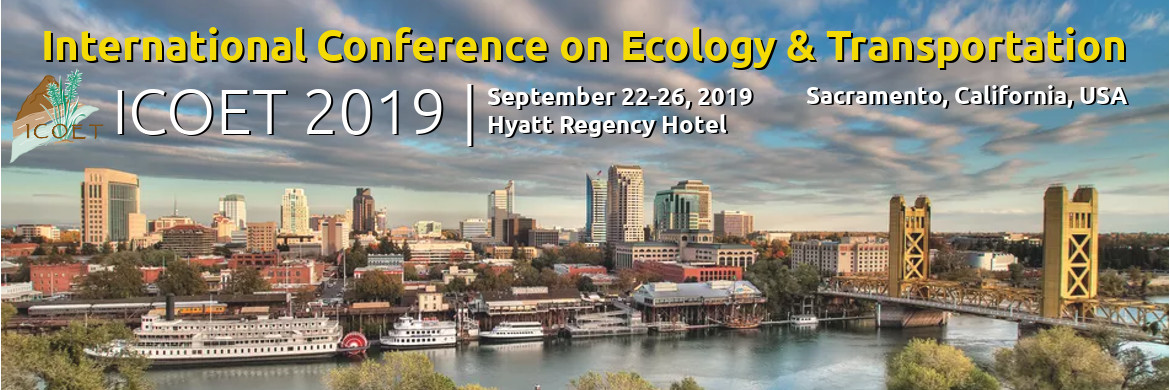Ballroom ABC Corridor
Poster presenters should put their posters up anytime after the beginning of the afternoon break on Tuesday. Display boards will be available with the poster number indicated.
The reception will begin at 6 pm and go until 9 pm. There will be small plate food (appetizers) and a cash bar. At ~7 pm, awards will be announced and given for best student presentations.
